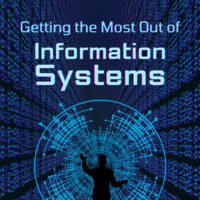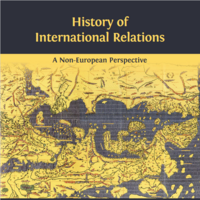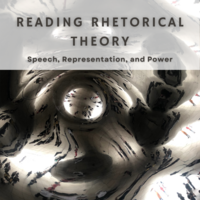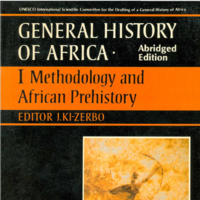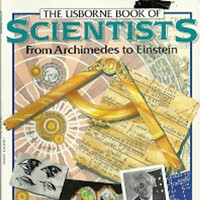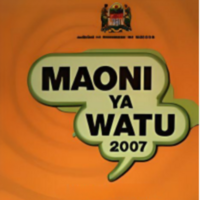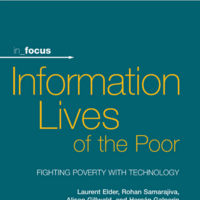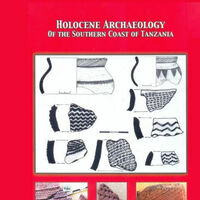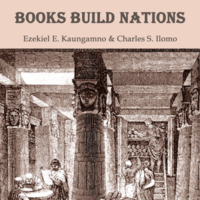Search
Books+
Searching 1,730 books
Search related to the career Historian
Introduction:
Historians play a crucial role in interpreting information to understand and reconstruct the past. They employ various methods and approaches to analyze historical sources and draw meaningful conclusions. Here is an overview of how historians interpret information:
1. Contextualization:
Historians begin by placing historical information within its proper context. They consider the time period, social, political, and cultural factors, and the specific circumstances surrounding the events or sources they are studying. This contextualization helps historians understand the motivations, influences, and constraints that shaped historical events.
2. Source Analysis:
Historians critically analyze primary and secondary sources to extract relevant information. They evaluate the authenticity, reliability, and biases of the sources. Primary sources, such as letters, diaries, and official documents, are particularly valuable as they provide firsthand accounts of events. Secondary sources, including scholarly works and historical interpretations, are also examined to gain different perspectives.
3. Corroboration:
Historians cross-reference multiple sources to corroborate information. By comparing different accounts and perspectives, they can identify consistencies, discrepancies, and patterns. This process helps historians verify the accuracy of information and build a more comprehensive understanding of the past.
4. Interpretation:
Historians interpret information by analyzing the evidence they have gathered. They look for patterns, trends, and causal relationships to explain historical events. Interpretation involves making connections between different pieces of information and drawing conclusions based on the available evidence. Historians often develop arguments or hypotheses to explain historical phenomena.
5. Critical Analysis:
Historians critically evaluate their own interpretations and those of other historians. They consider alternative explanations and assess the strengths and weaknesses of different arguments. This critical analysis helps refine historical interpretations and contributes to ongoing scholarly debates.
6. Historical Contextualization:
Historians place their interpretations within the broader historical context. They consider how their findings contribute to existing knowledge and understanding of the past. Historians also explore the implications of their interpretations for broader historical narratives and the significance of their research for contemporary society.
Conclusion:
Historians interpret information by contextualizing it, analyzing sources, corroborating evidence, interpreting patterns, critically analyzing interpretations, and placing their findings within historical contexts. Through these processes, historians aim to reconstruct the past and provide insights into the complexities of human history.
Source: Various AI tools


